VR Music Solutions
Anything your customers do in your virtual reality space can and should have an accompanying soundtrack that adds magic and excitement to the adventure. Whether they’re battling dragons or trying on suits, there’s the potential to enhance the VR experience by integrating carefully curated, licensed music.
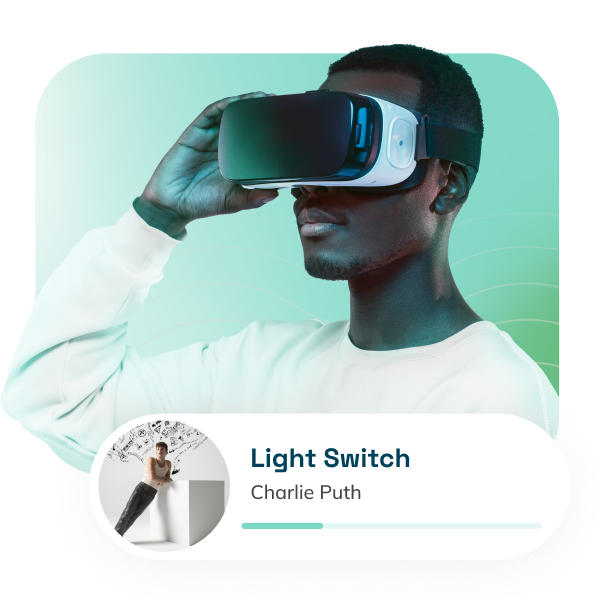
The power of music in apps
Integrated music drives real business results
Increased engagement
& usage
3.2x
longer session times when listening to integrated music
Increased engagement
& usage
1.7x
more likely to return as a customer after 90 days when listening to music
Brand affinity, loyalty, advocacy
96%
of consumers are more likely to remember a brand if it is paired with music that fits the brand identity*
Increased engagement & usagelonger session times when listening to integrated music
Higher retention = Higher LTVmore likely to return as a customer after 90 days when listening to music
Brand affinity, loyalty, advocacyof consumers are more likely to remember a brand if it is paired with music that fits the brand identity*
Where VR/AR music can be applied
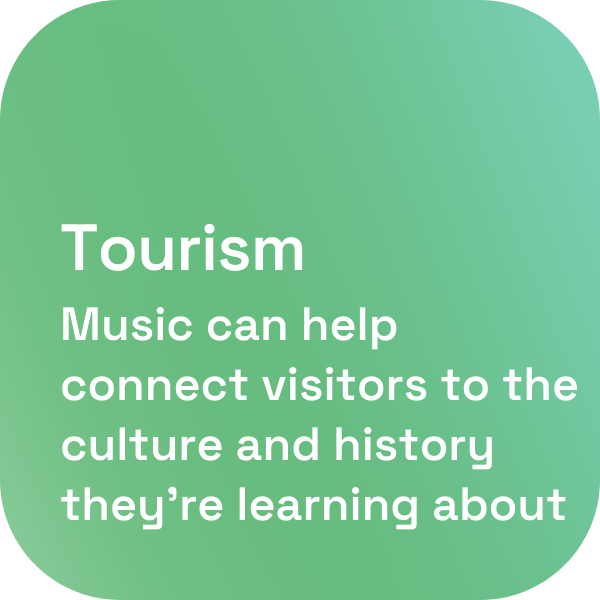
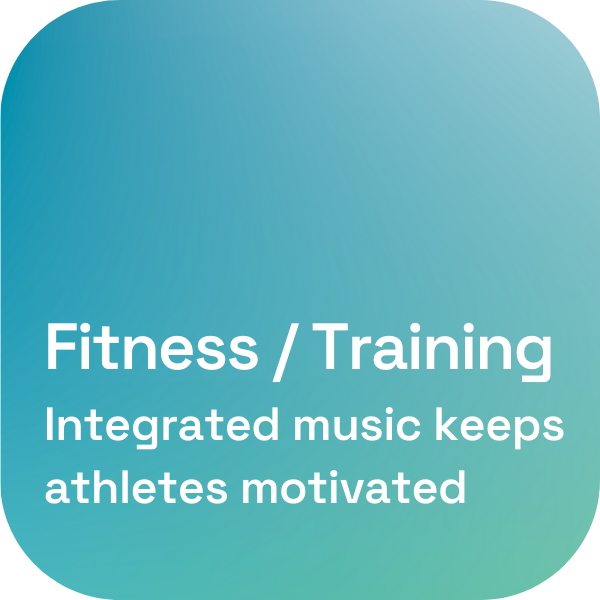
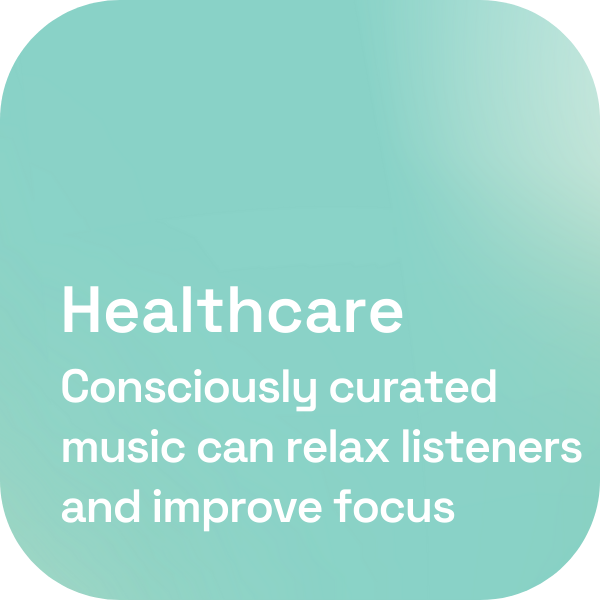
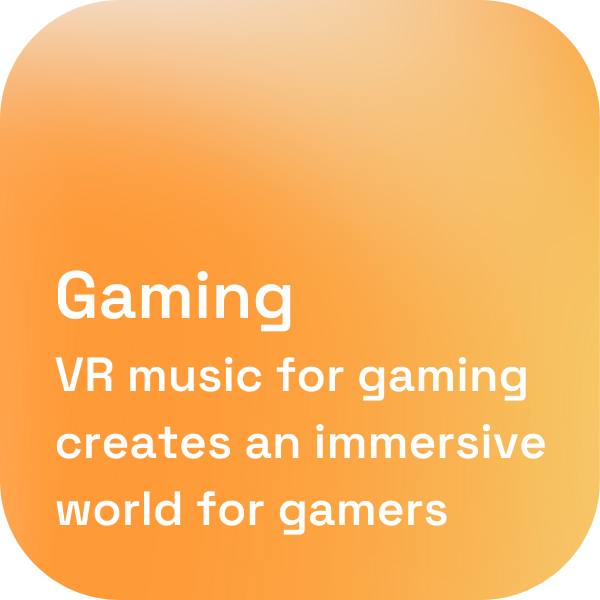
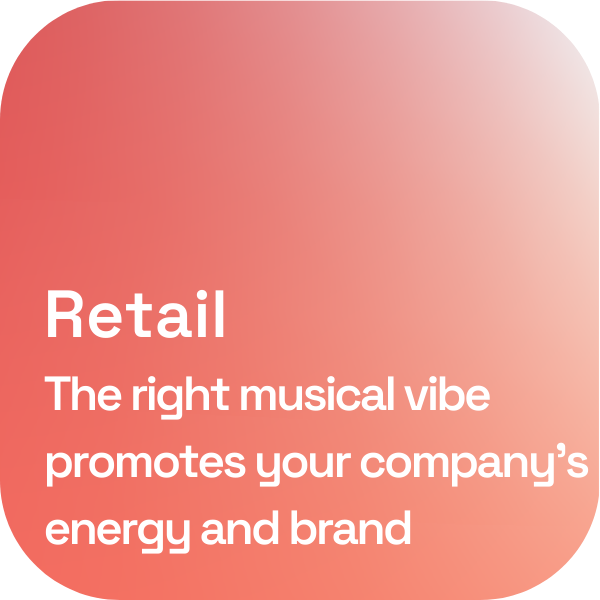
Who is listening?
Remember, it’s not about what music you like, it’s about what music will resonate with your customers in the digital environment you are creating for them.
What type of music?
Depending on your digital experience, it may be possible to find both royalty-free and popular commercial music that could fit the bill. The art is in putting the available options together in a way that meets your audience’s needs and your brand’s budget.
Recognizable vs music discovery?
When your preferred experience calls for major-label music, will your audience be best served by hearing today’s hits, throwback favorites, the freshest up-and-coming chart climbers, or a combination of these?

Music licensing is complex
While there are many options for sharing music with your customers, you may need to dedicate a hefty budget and six months to two years time to negotiate licensing directly with multiple rightsholders, send your customers out to a third-party platform, or use generic royalty-free music.
Whether you are sharing music in your app, in a blog post, or in your store or gym, you have to get permission and pay the rightsholders. Many small business owners stream directly from their Spotify accounts, but unfortunately, that is not a legal solution.
→ Learn more in Music Licensing 101
Intro to music licensing
Disclaimer: Please note this is not a substitute for legal advice, but a quick overview of the complex music licensing world.
Almost all the music you hear, and most likely the music you want to use, is copyrighted. This means that one or more parties own the rights to it. Using this music without paying the rightsholders can get your company into very expensive legal problems. In most cases, businesses will need multiple licenses for their company’s music usage, and in fact, may need multiple licenses for even just one song.
To start, one must understand that there are two copyrighted works in every recording. The first is the composition, which includes the notes and words. The composition is generally owned by the songwriters and their music publisher. The second is the sound recording, which is an artist’s recording of a composition. The sound recording is generally owned by the artist or record label.
In all cases, it is better to ask for permission than forgiveness.
Getting started with a VR music strategy
Here are a few things to consider as you develop your VR music strategy
Who is listening?
Who’s listening, where and how are they interacting with the VR music, and what actions do you want them to take? When creating your experience in VR, music plays an important role and your music strategy starts with the end user. Remember, it’s not about what music you like, it’s about what music will resonate with your customers in the virtual reality environment you are creating for them.
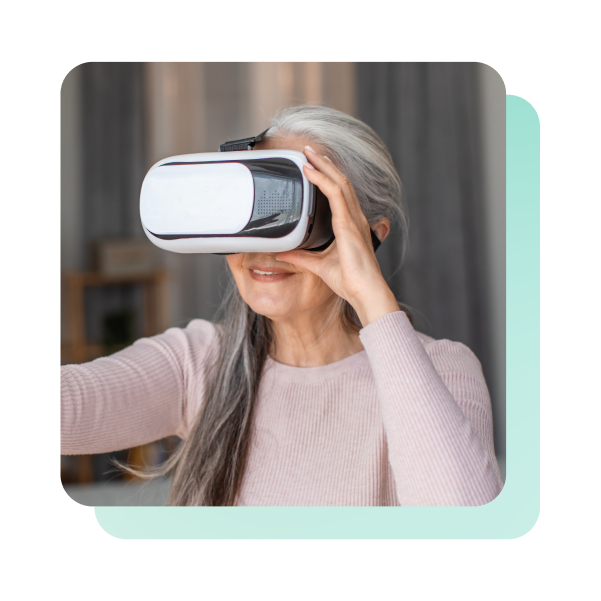
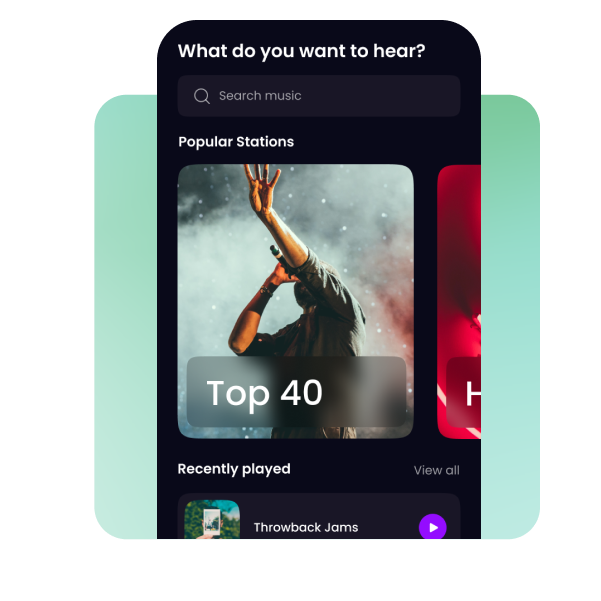
Recognizable vs music discovery?
Do you want your VR music to be instantly recognizable or more of a music discovery experience? When your preferred experience calls for major-label music, will your virtual reality audience be best served by hearing today’s hits, throwback favorites, the freshest up-and-coming chart climbers, or a combination of these? And how often will you update the music selections?
How will this music be experienced?
Do users have to leave your product or log in to another service? Will users be able to skip around or load tracks at will (interactive)? Or will the music stream with minimal user input or control, like a radio broadcast (non-interactive)? These different VR music approaches will change the user experience and matter when you seek licenses.
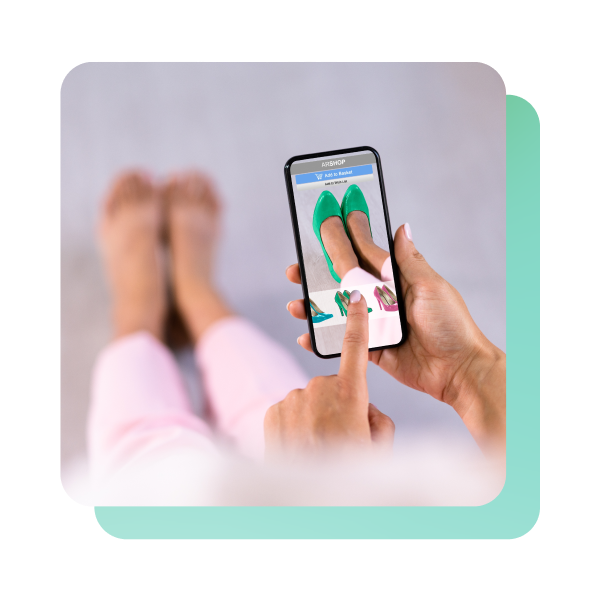
Putting your VR music strategy into action
Music licensing and tech integration for VR apps
What type of music license do you need for your VR app?
Now that you know what style of music you want and how you want users to experience music playback. You can start to think about licensing. Will royalty-free music work for your VR application, or do you need a solution to license popular music for your virtual reality app? Depending on your digital experience, it may be possible to find both royalty-free and popular commercial music that could fit the bill. The art in solving your VR music puzzle is in putting the available options together in a way that meets your audience’s needs and your brand’s budget.
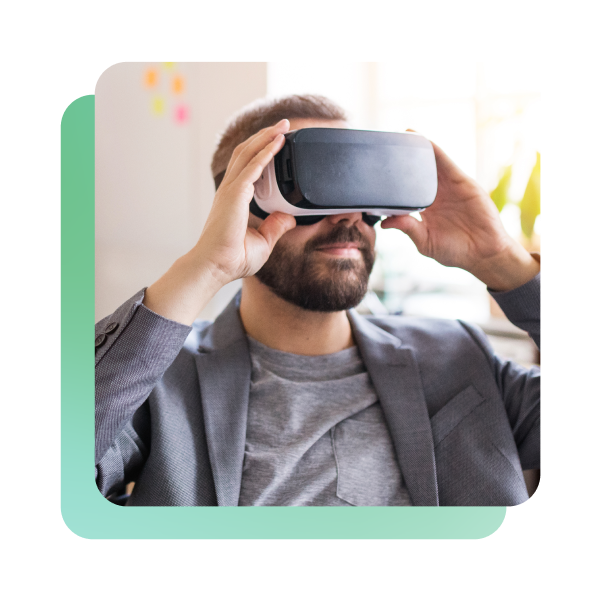
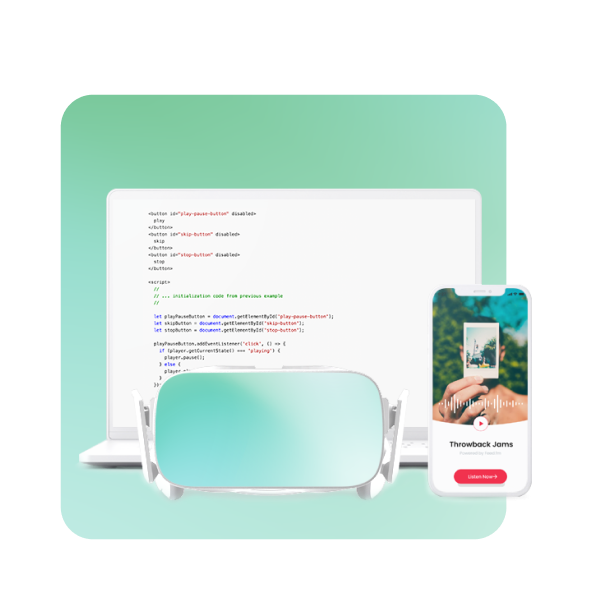
How will you store and stream music in your VR app?
Will you build your own infrastructure to manage this? If so, how long will it take? Who will build it? How much will this cost? Integrating music directly into an app, connected device, or other digital experience has been proven to add value when it comes to engagement and retention. How your users access and engage with that music plays a significant role in the music’s success in driving key business metrics.
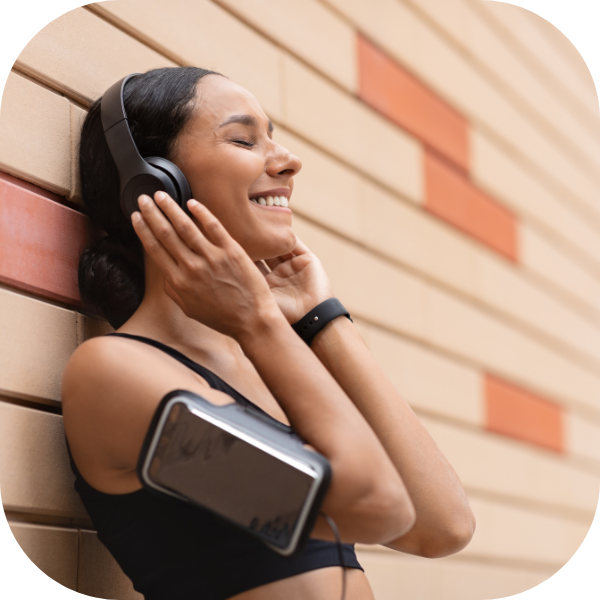
Why does it work?
Most people know intuitively that music is a motivator. And, there is an increasing body of research that shows music is performance-enhancing when paired with fitness. Music distracts from fatigue sensations, and athletes need less oxygen to do the same work. Pairing music and workouts delivers even stronger results when movements are synchronized to the music’s tempo.
And, not just any music will do . . .
Finding a VR Music solution is complex. We've got your back.
In less than 30 minutes with a Feed.fm music specialist, you will:
- Breathe a little easier knowing that there is a turnkey music licensing solution for in-product music streaming.
- Get inspired learning how other businesses have crushed their goals with effective music strategies.
- Feel confident that you’ve found a partner that can help you transform your digital experiences with music, legally.
